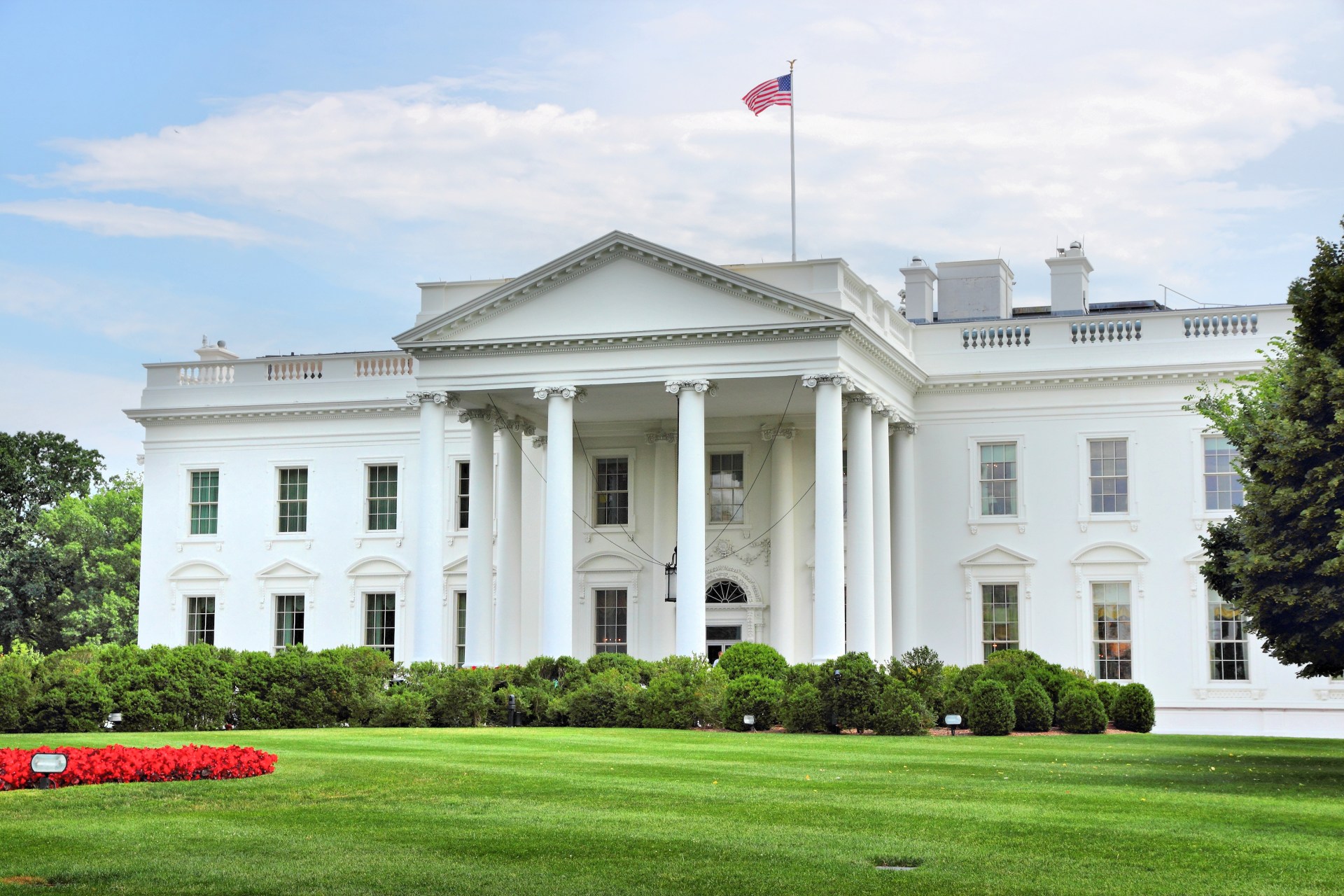Table of Contents
History and Significance
Constructed between 1792 and 1800, The White House has a storied history that reflects the evolution of the United States as a nation. Designed by architect James Hoban in the Neoclassical style, the building was originally intended to serve as the residence for the President of the United States and his family. Over the years, it has become a symbol of American democracy and a focal point for national events and celebrations.
Architecture and Design
The White House is renowned for its iconic architecture and elegant design, featuring a distinctive façade of white-painted sandstone, neoclassical columns, and grand porticoes. The building’s symmetrical layout, graceful proportions, and meticulous detailing reflect the classical influences of ancient Greek and Roman architecture, while its spacious interiors and majestic halls evoke a sense of grandeur and prestige.
Presidential Residence and Office
As the official residence and workplace of the President of the United States, https://ngepress.com/ serves as a hub of executive activity and governance. In addition to providing living quarters for the President and his family, it also houses the Oval Office, the Cabinet Room, and numerous other offices and meeting spaces where the President conducts official business, meets with foreign leaders, and addresses the nation.
Iconic Features and Rooms
The White House is home to several iconic features and rooms that have become synonymous with American history and culture. These include the Oval Office, where the President conducts business and makes important decisions, the East Room, a grand reception space for official ceremonies and events, and the Blue Room, a formal gathering space for dignitaries and guests.
Historical Events and Notable Visitors
Throughout its history, The White House has been the setting for numerous historical events and has played host to countless notable visitors from around the world. From state dinners and diplomatic summits to presidential inaugurations and national holidays, the building has witnessed some of the most pivotal moments in American history and has welcomed presidents, royalty, celebrities, and dignitaries from all walks of life.
Tours and Public Access
While The White House primarily serves as the residence and workplace of the President, it also offers tours and public access to select areas of the building and grounds. Visitors can explore the historic rooms, gardens, and public spaces of The White House on guided tours led by knowledgeable docents, providing a rare opportunity to experience the rich history and architectural beauty of this iconic landmark.
Conclusion
The White House stands as a symbol of American democracy, resilience, and leadership, embodying the principles of freedom, equality, and opportunity upon which the nation was founded. As the official residence and workplace of the President of the United States, it continues to serve as a beacon of hope and inspiration for generations of Americans, reminding us of the enduring power of democracy and the promise of a brighter future for all.


